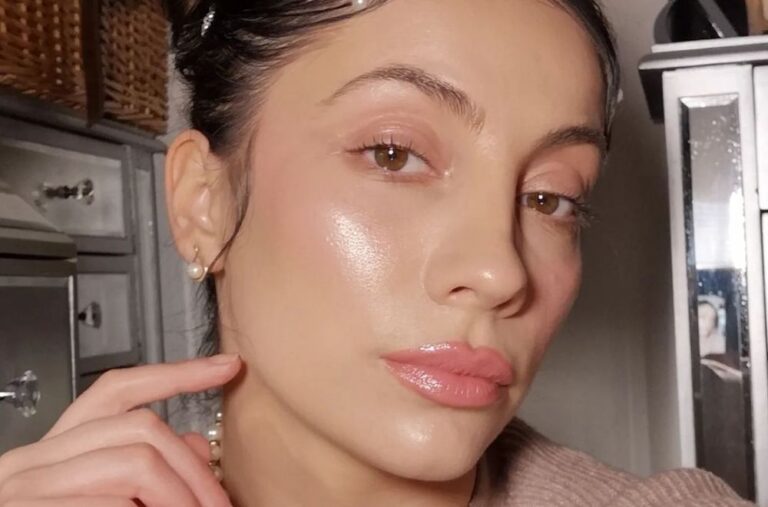Summer is here, so now is the time to slip, slop, slap. But did you know that the way you keep and apply your sun care can make a big difference to the protection it provides.
- “If your sunscreen is over 12 months old, bin it, it will be providing little or no protection at all,” says Kim Larsen, national sales manager at House of Camille, suppliers of salon brands including DNA EGF and Colin Resultime.
- Larsen advises keeping sunscreens under 30C. “Otherwise it will alter the ingredients and again you are putting yourself at risk of sunburn. My advice is to keep it in a chilly bag especially if you are keeping it in the car or going to the beach.”
Generally sun protection products contain either physical or chemical sunscreens, and Emma Hobson, education manager of The International Dermal Institute (IDI) Asia, Australia and New Zealand, says that many contain a combination of the two.
- “Physical or mineral sunscreens include the physical compounds zinc oxide and titanium dioxide. These physical sunscreens sit on the skin and scatter or reflect UV rays.”
- “Chemical sunscreens typically absorb UV rays. These include ingredients such as avobenzone, oxybenzone and homosalate among others.”
- “Oleosomes are the next generation in sun screen technology. Capsules that can be loaded with active substances such as sunscreens that allow a product to deliver high volumes of SPF without the challenges of increased skin sensitization and allows for advanced formulating of sun screen products with improved skin benefits.”
- Nanoparticles (particles smaller than 100 nanometres) of zinc oxide and titanium dioxide are commonly used in sunscreens to give a physical sunscreen without the chalky white look. Concerns have been raised about nanoparticles being able to pass through cell membranes and enter the blood stream when applied topically. The Cancer Council of Australia states: “To date, our assessment, drawing on the best available evidence, is that nanoparticles used in sunscreens do not pose a risk. However, we continue to monitor research and welcome any new research that sheds more light on this topic.” The Environmental Working Group currently judges nanoparticles to be safe, however adds that that loose titanium dioxide nanoparticles are considered a “possible carcinogen” if inhaled.








